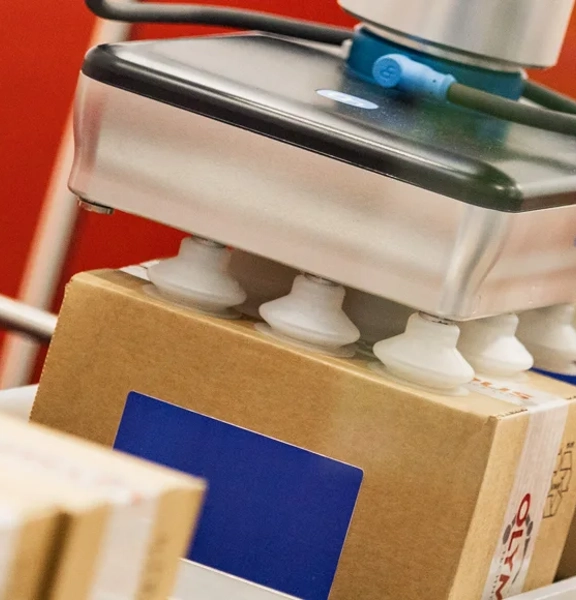Become a member
Take advantage of exclusive member benefits, world class events, networking and specialist support








 Become a member
Become a member 


 Autonomous mobile robots & Guides vehicles’
Advanced robotics
Autonomous mobile robots & Guides vehicles’
Advanced robotics
The success of most robot applications relies heavily on the design and performance of the robot gripper or end effector. As the interface between the automation and the part, it’s essential that the gripper can reliably perform the task required.
It mustn’t damage the part being handled or any other stage of the process where the gripper or part may interact. The main considerations for any application are the type of gripper, the method of power, plus the size and weight of the gripper in relation to the robot model being used. This can vary for the type of work required.

As the number of robot applications has expanded, so too have the different types of grippers that have been developed to suit the ever-growing range of tasks.
The simplest gripper concept is the vacuum cup. These are used either singly, or in multiples, to collect items and pass them to another part of the process. This type of gripper is widely used when picking items from above. However, they do have limitations including low levels of accuracy. So, although great for simple tasks, they are not generally suited to precision applications.
Another gripper that can be used to pick metal items from above, is the electro-magnetic gripper. This can be positioned onto the part and then, once energised, it uses the magnetic field to retain the part whilst being moved. Turning off the magnetic field releases this part at the end of the task.
Finger grippers are often configured as two-finger parallel or angular action types or three-finger chuck jaw types, and can be either pneumatically or electrically powered. They’re useful for a wide range of tasks. For example, these are often found in applications where cylindrical products, such as shafts are handled.
The three-finger type has the added benefit of being able to “centre” a part when picked from a slightly imprecise position. Whereas the two-finger type can be used to handle many different product types.
For palletising applications, there’s a wide range of gripper designs available. These include vacuum types, parallel action clamp grippers (used to handle boxes) and bag-style grippers (able to grasp sacks of produce such as chemicals, grain or dog food).
There is now also a wide range of highly sophisticated gripper systems available, including servo operated types. These can be programmed to handle or manipulate a range of different product types. Other “soft” grippers can mimic the operation of human fingers to pick and manipulate delicate products of differing shapes and sizes (such as fresh fruit).
So far, we’ve talked mainly about the gripping systems themselves – the actual interface between the robot and the part. However, there are a multitude of other robot end effectors and accessories available today, such as those that sit between the gripper and the robot.
These include:
They make it possible for robots to perform the multitude of tasks required of them in today’s modern manufacturing environment.
Looking for new robot grippers, end effectors or other accessories for your robotics-based manufacturing business? Visit our Machinery Finder page to find trusted suppliers that are BARA, Automate UK or UKIVA members.